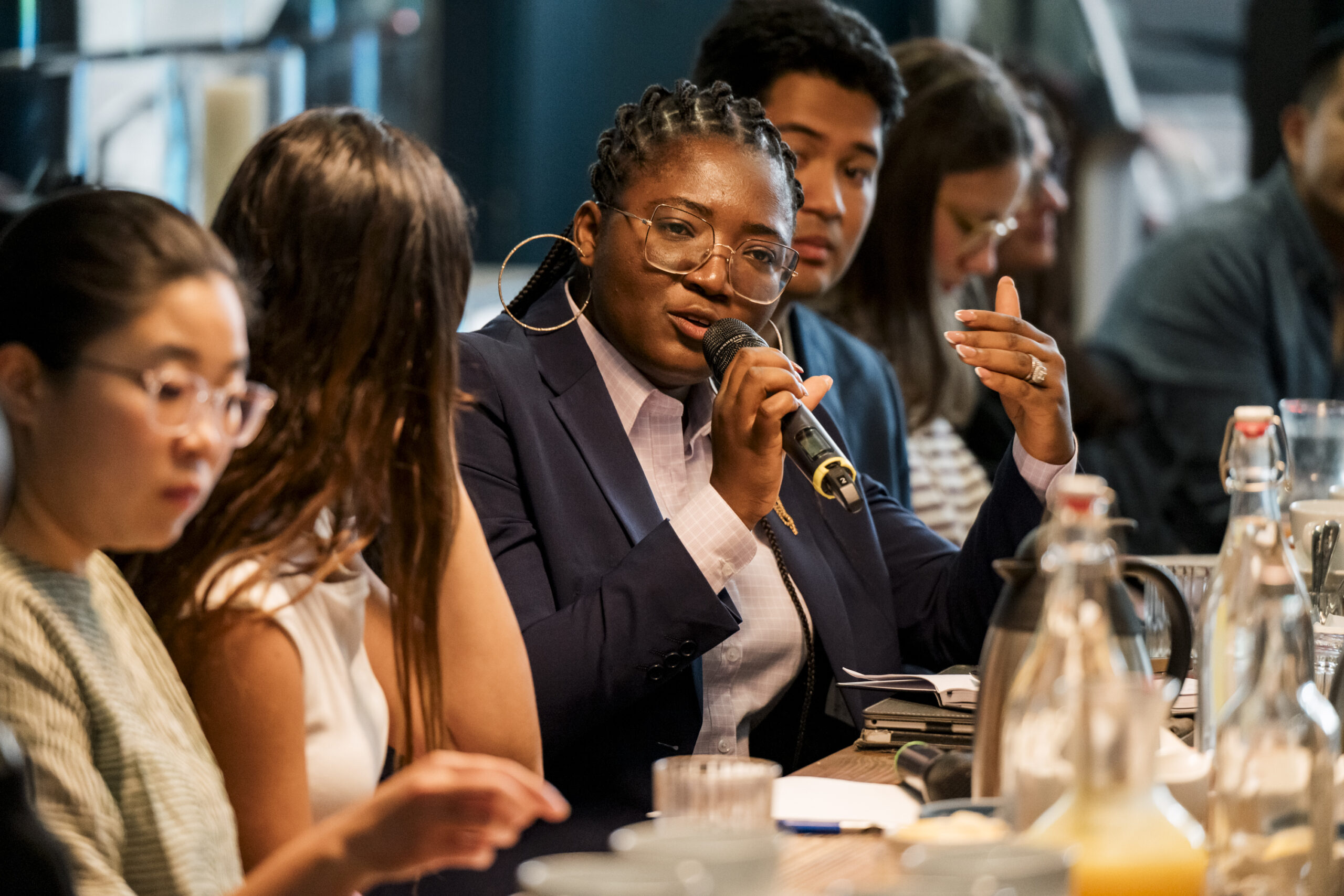Ubuntu in Action
Centering African Youth in the Climate Transition
Olivia Maina, Strategy Manager + Siddharth Pathak, Senior Director Global Climate Strategy

The African Climate Summit 2, hosted by Ethiopia, paid homage to the Ubuntu philosophy of “I am because we are”—a reminder of the deep interconnectedness and shared humanity we need in these testing times. Beyond providing a platform for political leaders to champion climate action, the summit created space for Africa’s vibrant civil society to unite around the pressing challenges slowing progress, particularly on climate finance.
Among the most visible and dynamic constituencies were Africa’s youth movements. Their strong presence—most notably through the Youth Summit held as a pre-event—was both inspiring and a clear demonstration of agency and leadership.
Earlier this year, Purpose, in partnership with Green Africa Youth Organisation (GAYO) and Urban Movement Innovation Fund (UMI), published The State of the Youth Climate Movement in Africa, a report mapping youth-led climate action across 25 countries. Featuring 75 youth organizations, the report illustrates how young leaders are reimagining what is possible through locally rooted, intersectional, and relentlessly hopeful climate solutions.
While the landscape is inspiring, the report also highlights critical gaps: the lack of consistent core funding, limited cross-continental convenings, and the need for clearer pathways into influence and governance. A roundtable discussion held earlier on the report reinforced a shared determination to move beyond tokenism, ensuring African youth are not only visible but truly centered in decision-making spaces and investment flows.
The energy of Africa’s youth in Addis, combined with these findings, underscores the urgency of investing in youth movements—not to prescribe their agendas, but to enable them to set their own and define their success. The missing ingredient is catalytic funding that can scale the powerful work already underway on the ground.
With early discussions suggesting that an East or West African nation may assume the COP 32 presidency, the climate movement has a unique opportunity—and responsibility—to nurture this blossoming youth constituency on the world’s youngest continent.
Roundtable on Africa Youth Mapping at London Climate Action Week 2025:

Images by Goals House
Read The State of the Youth Climate Movement report from Green Africa Youth Organisation (GAYO), Urban Movement Innovation Fund (UMI), and Purpose below: